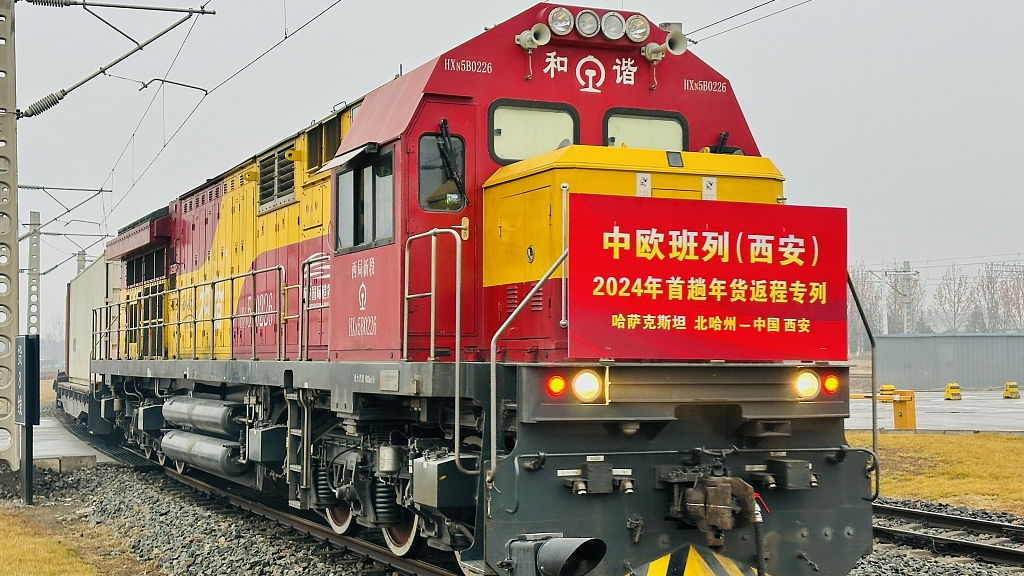The China Railway Express (CR Express), a major international freight train service, spans China, Europe, and Belt and Road Initiative (BRI) partner countries, offering new possibilities for collaborative and sustainable trade. According to China Railway Group Limited (CREC), from January to April, a total of 6,184 China-Europe freight trains were operated, delivering 675,000 TEUs of goods, marking a year-on-year increase of 10 percent and 11 percent respectively.
Over a decade of groundbreaking and innovative efforts, the iconic BRI project, which reaches 223 cities in 25 European countries, has completed over 89,000 trips by the end of April.
During the Q1 period, five China-Europe freight trains with full timetables between Xi’an and Duisburg, Germany, and Chengdu and Lodz, Poland, have been running steadily weekly, with 16 more China-Europe freight train return points added overseas to better serve the diversified needs of global customers.
Praised by the international community, the China-Europe transportation service not only revitalizes the prosperity of the ancient Silk Road but also enhances people’s livelihoods, serving as a vital public good to promote win-win cooperation and economic vitality across Eurasia and beyond.
The CR Express has continuously added new lines and expanded its capacity during the past decade, providing the Eurasian continent with fresh corridors of land transport and new bridges for economic and trade cooperation, said Mao Ning, a spokesperson with China’s Foreign Ministry.
The service is highly cost-effective, as an analysis by Foreign Policy magazine in late January called the BRI “a blueprint for what every nation needs in an age of uncertainty and disruption amidst the Red Sea crisis,” claiming “the solution to supply shocks is more supply chains. More belts, more roads.”
Over the past 10 years, along the routes of the China-Europe Railway Express, customs clearance and inspection processes have been streamlined, the business environment at ports of entry has improved, and rules and regulations for cross-border transportation have become more standardized.


